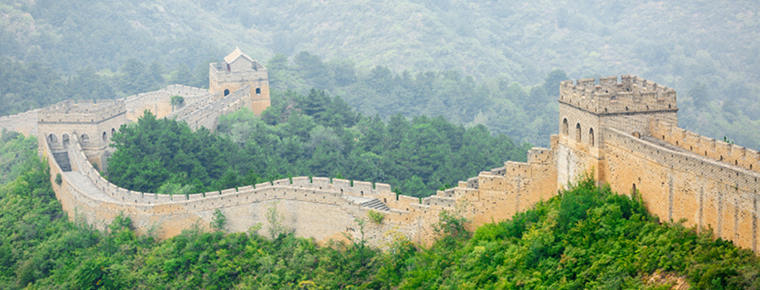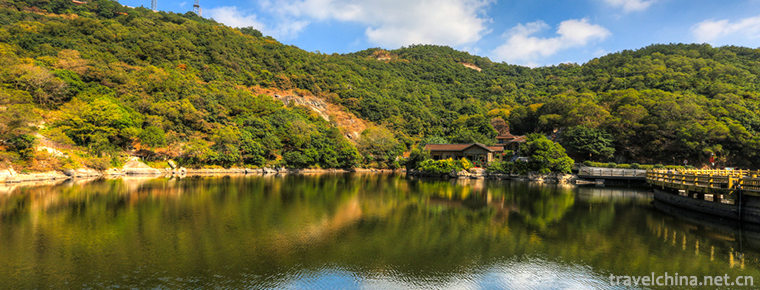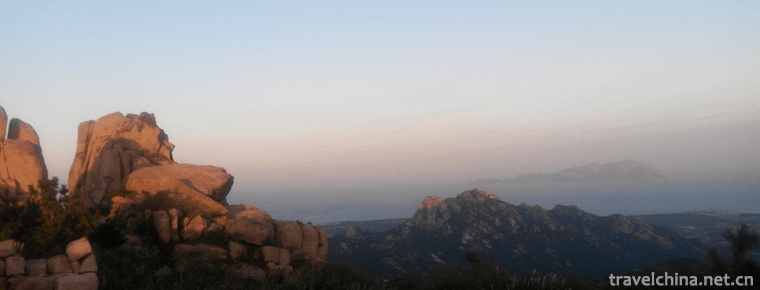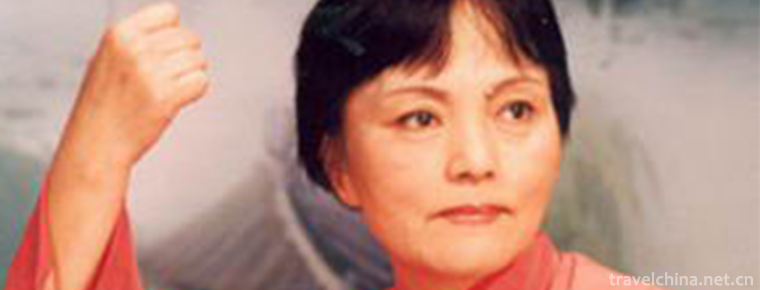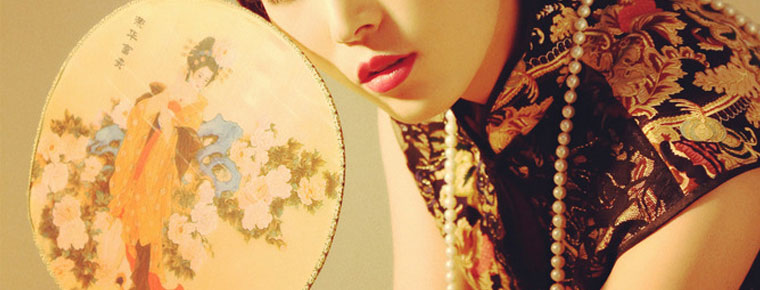Xiushan Folk Song
Xiushan Folk Song
Xiushan folk song is the folk song of Xiushan Tujia and Miao Autonomous County. Folk songs are closely related to the people's lives of all ethnic groups in Xiushan. Through compiling folk songs, the people impart knowledge, express love and express sorrow, pray for the prosperity and happiness of grain crops, and at the same time express their feelings, praise life and record history with folk songs. The music texture and singing form, rhythm and rhythm, mode scale, tone, melody structure, Lyric structure, lining words and lining cavity of Xiushan folk songs have their own characteristics. Xiushan folk song is one of the representative folk arts in Xiushan area.
On June 7, 2008, "Xiushan Folk Songs" declared by Xiushan Tujia and Miao Autonomous County of Chongqing City were listed in the second batch of national intangible cultural heritage lists with the approval of the State Council. Heritage No. 583 II-84.
historical origin
The origin of Xiushan folk songs can be traced back to Bayu songs and dances in ancient times, which is longer than the history of Xiushan lanterns. It originated in ancient times, flourished in Tang and Song dynasties, continued in Yuan, Ming and Qing dynasties. With the immigration of Han nationality, it merged with local indigenous peoples and promoted the development of Xiushan folk songs. Xiushan's excellent folk songs Huangyang Bian Duan and a handful of rapeseed are well-known in Shenzhou. Xiushan folk songs are closely related to the lives of people of all nationalities in Xiushan. They teach knowledge, express love and express their hearts through compiling folk songs, pray for the prosperity and happiness of grain crops, and express their feelings, beautify their lives and record history with folk songs.
artistic characteristics
There are nine different singing methods in Xiushan. The nine singing methods are the relationship between mother song and son song. They are not only different, but also harmonious and unified, showing their richness.
Representative Works
Folk songs include labor songs, folk songs, folk songs and life songs. The labor songs represented by the grass song, the boatman song, the stone song and the farming song are "a rapeseed" and "boating tune"; the folk songs represented by the couplet song, the pan song and the love song are "cowpea forest", "embroidered purse"; the folk songs represented by the filial piety song and the wedding song.
Inheritance Significance
As the original rural social foundation has changed, the inheritance mechanism of Xiushan folk songs has been damaged. If it is not protected, there will be a crisis of loss of inheritance in the future.
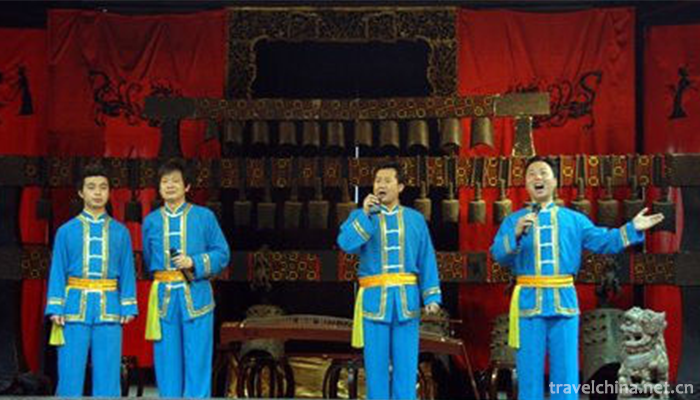
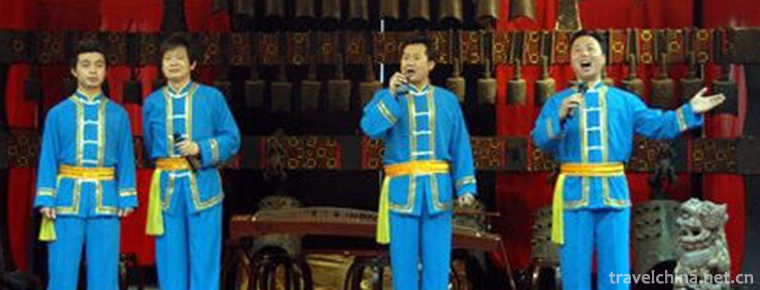
Xiushan Folk Song
-
Qingyuan Mountain Scenic Area
Qingyuan Mountain National Key Scenic Spot is located in the southeast of Fujian Province, and on the Northeast Bank of the lower Jinjiang River
Views: 186 Time 2018-12-08 -
Linzhi Basongcuo Scenic Area
Basongtao, also known as Caogao Lake, means "green water" in Tibetan. It is about 18 kilometers long. Its surface area is about 27 square kilometers.
Views: 185 Time 2018-12-12 -
Dazhushan Scenic Area
Dazhushan Scenic Area is located on the southeast coast of Huangdao District. Its main peak is 486 meters with a total area of 65 square kilometers. It is mainly divided into Shimen Temple Scenic Area
Views: 115 Time 2019-01-08 -
Crab Island
Crab Island Green Eco-Resort is based on agriculture, characterized by villages, with environmental protection, green, organic and healthy as the solid connotation of tourism and vacation.
Views: 149 Time 2019-02-25 -
Hangzhou Reviews
Hangzhou Ci Commentary, commonly known as Xiaoshu, is the traditional art of rap and singing in Hangzhou, Zhejiang Province. It is a kind of folk art that tells stories
Views: 213 Time 2019-05-02 -
hubei drum
The original name of Hubei drum is "drum book", also known as "drum storytelling" and "drum Beijing tune", etc. It is a traditional rap art popular in Xiaogan
Views: 162 Time 2019-05-03 -
Brewing Techniques of Luzhou Laojiao Liquor
Luzhou Laojiao Liquor Brewing Technology, Luzhou City, Sichuan Province, the local traditional handicraft, one of the national intangible cultural heritage.
Views: 175 Time 2019-05-15 -
Silver and Copper Ware Making and Gold smelting Techniques
Silver and bronze wares production and gold mincing skills, local traditional skills in Huangzhong County, Qinghai Province, one of the national intangible cultural heritage.
Views: 223 Time 2019-07-13 -
University Of Science and Technology Beijing
Beijing University of Science and Technology was established in 1952 by the Department of Mining and Metallurgy of 6 famous universities in China, such as Tianjin University (formerly Beiyang Universi
Views: 191 Time 2019-09-06 -
Cheongsam and fan
As the saying goes, the pipa is half covered. What did ancient beauties use to cover their faces? The first reaction must be a fan! Fans are also the most common accessories in ancient times. Men use paper fans and women use round fans. Chinese traditional fan culture
Views: 370 Time 2020-12-11 -
Deyang Education
By the end of 2018, Deyang had 856 schools, with 33000 full-time teachers and 543000 students. Among them, 339 primary schools enroll 32000 students and 185000 students; 123 junior high schools, 28000 students and 80000 students; 23 senior high schools
Views: 369 Time 2020-12-14
